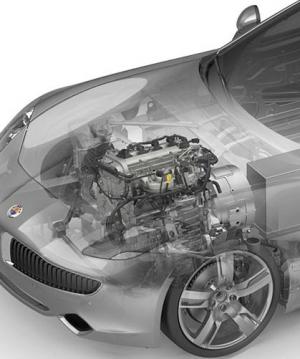Can utilities put EV batteries in the rate base?
Michael T. Burr is Fortnightly’s editor-in-chief. Email him at burr@pur.com.
Thomas Edison once hoped to make a fortune in the auto business—selling electric cars.

Of course it never happened; he and Henry Ford tried and failed to bring a low-cost electric car to market. They scuttled the project after investing $1.5 million toward the effort—more than $32 million in today’s dollars. Edison’s nickel-iron batteries just couldn’t match the performance of Ford’s petrol-powered bang-bang.
Since then a century has passed, and gasoline and diesel vehicles still own the road. Yet battery technology has come a long way, and despite some inevitable challenges and setbacks, electric vehicles (EV) appear on course to provide a competitive option within a decade.
For utilities, this trend presents a choice: should we view EV batteries as type of fuel tank, which we’ll be happy to fill up for drivers? Or should we view them as part of the electric infrastructure, and therefore a potential utility asset?
Our choice could make all the difference for the EV market. Utility involvement in the battery value chain, through either rate-base or lease financing, could transform EV batteries from a burden for drivers into an opportunity for the grid—and for utility investors.
